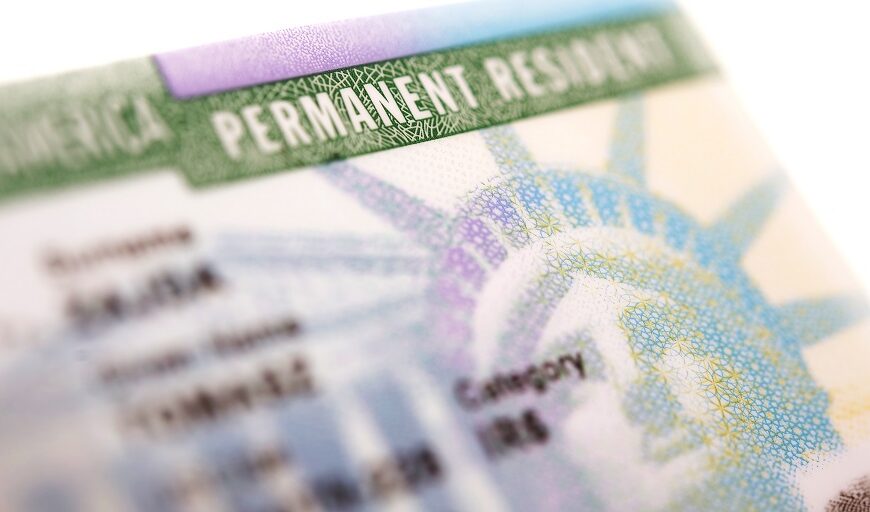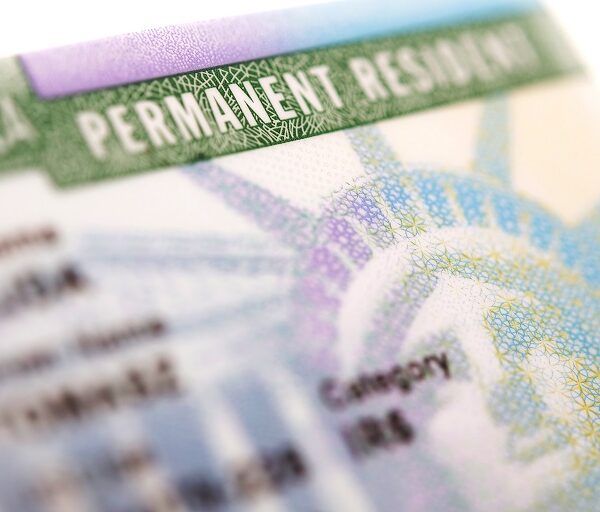Understanding the Challenges Faced by Immigrant Students
Immigrant students represent a vital segment of the educational landscape in the United States. These individuals bring diverse experiences, perspectives, and talents to the classroom. However, they often encounter significant barriers that impede their academic success. Addressing these challenges is crucial for fostering an inclusive educational environment where all students can thrive.
Barriers to Education for Immigrant Students
Immigrant students face a myriad of obstacles that can hinder their academic performance. Understanding these barriers is the first step toward implementing effective policies. Some of the key challenges include:
- Language Proficiency: Many immigrant students are non-native English speakers, which can create difficulties in comprehending lessons and participating in discussions.
- Cultural Differences: Adjusting to a new educational system can be overwhelming. Cultural differences may impact students’ engagement and comfort levels in the classroom.
- Lack of Resources: Immigrant families often face economic hardships, which can limit access to educational resources such as tutoring, extracurricular activities, and technology.
- Legal Status Concerns: Fear of deportation or legal repercussions can discourage immigrant students and their families from seeking support or accessing educational opportunities.
- Social Isolation: Many immigrant students experience feelings of isolation and discrimination, which can affect their mental well-being and academic motivation.
Key Policies to Address Educational Barriers
To effectively address the barriers faced by immigrant students, several key policies must be implemented at local, state, and federal levels. These policies can help create a supportive and inclusive educational environment.
1. Language Support Programs
One of the most pressing needs for immigrant students is language support. Schools should implement comprehensive language programs that include:
- ESL (English as a Second Language) Classes: Providing specialized language instruction can help students improve their English proficiency.
- Bilingual Education: Offering bilingual education programs allows students to learn in their native language while acquiring English skills.
- Language Tutors: Hiring tutors who are proficient in the students’ native languages can provide additional support.
2. Cultural Competency Training for Educators
Teachers play a critical role in the success of immigrant students. Therefore, it is essential to provide cultural competency training for educators to:
- Understand Diverse Backgrounds: Educators should be trained to recognize and appreciate the cultural backgrounds of their students.
- Develop Inclusive Curriculum: Integrating diverse perspectives into the curriculum can help immigrant students feel valued and included.
- Foster Safe Learning Environments: Creating a classroom atmosphere where all students feel safe and respected is crucial for their academic success.
3. Access to Mental Health Resources
The emotional and psychological well-being of immigrant students is often overlooked. Schools should prioritize mental health support by:
- Providing Counseling Services: Access to counselors who are trained to understand the unique challenges faced by immigrant students can help address their emotional needs.
- Creating Support Groups: Establishing peer support groups can foster a sense of community and belonging among immigrant students.
- Promoting Mental Health Awareness: Educating students and families about available mental health resources is essential for reducing stigma and encouraging help-seeking behavior.
4. Financial Aid and Scholarships
Financial barriers can significantly impact the ability of immigrant students to pursue higher education. Implementing policies that provide financial support can make a difference:
- State and Local Scholarships: Offering scholarships specifically for immigrant students can help alleviate the financial burden of college tuition.
- Financial Aid Resources: Providing information about available financial aid options and resources can empower families to navigate the college funding process.
- Tuition Equity Policies: Implementing policies that allow undocumented students to pay in-state tuition rates can increase access to higher education.
Community Engagement and Advocacy
Community engagement is vital in addressing the barriers faced by immigrant students. Schools should actively involve parents and community organizations in the educational process by:
- Hosting Workshops: Offering workshops for parents on navigating the education system can empower families to advocate for their children.
- Building Partnerships: Collaborating with local organizations that support immigrant families can provide additional resources and support networks.
- Advocating for Policy Change: Encouraging community members to advocate for policies that promote equity and inclusion in education is essential for creating lasting change.
Conclusion
Addressing the barriers faced by immigrant students is a multifaceted challenge that requires a coordinated effort from educators, policymakers, and communities. By prioritizing language support, cultural competency training, mental health resources, financial aid, and community engagement, we can create an educational environment that fosters success for all students, regardless of their background. The future of our society depends on empowering these young learners to reach their full potential and contribute to the rich tapestry of American life.







